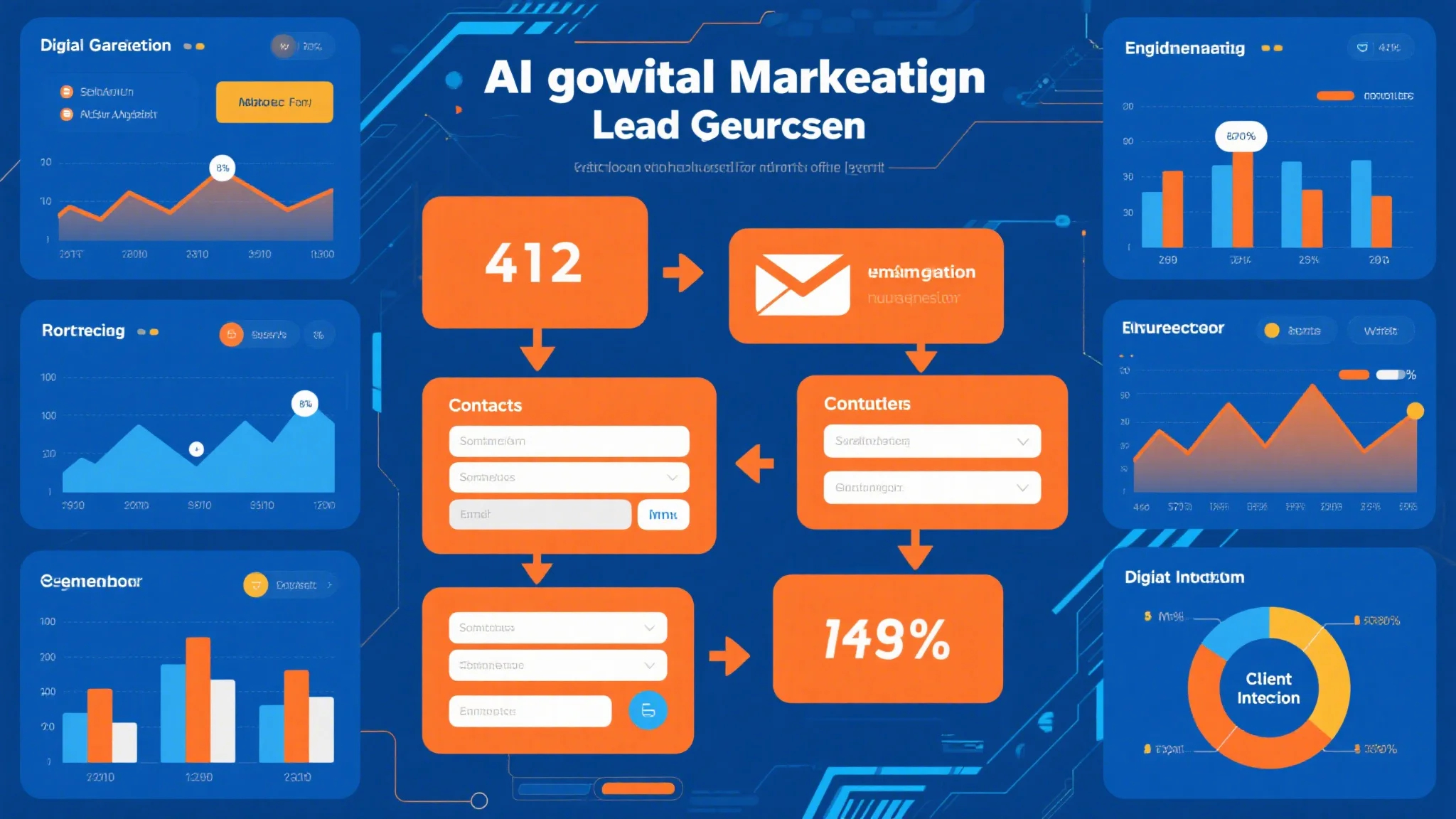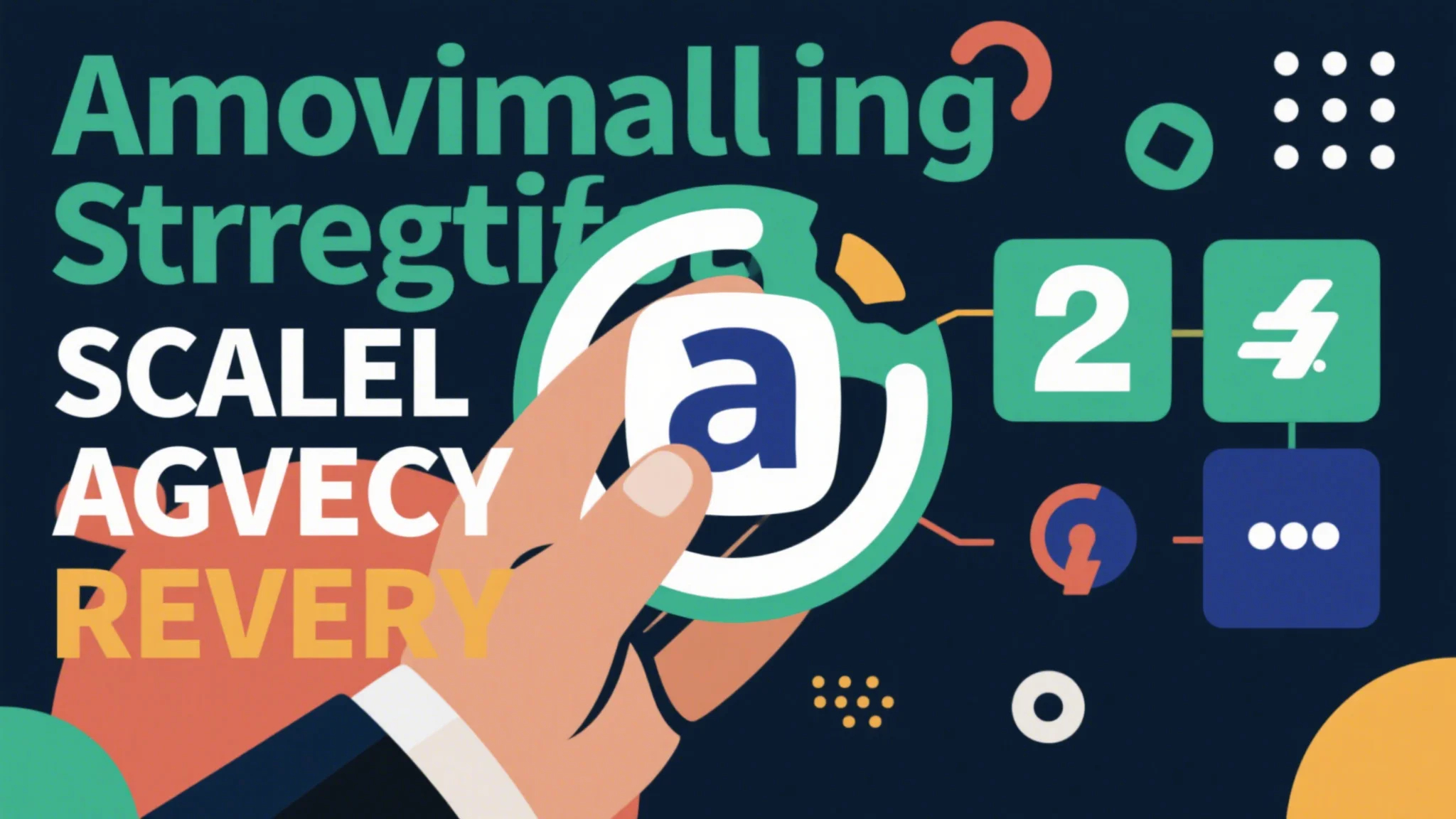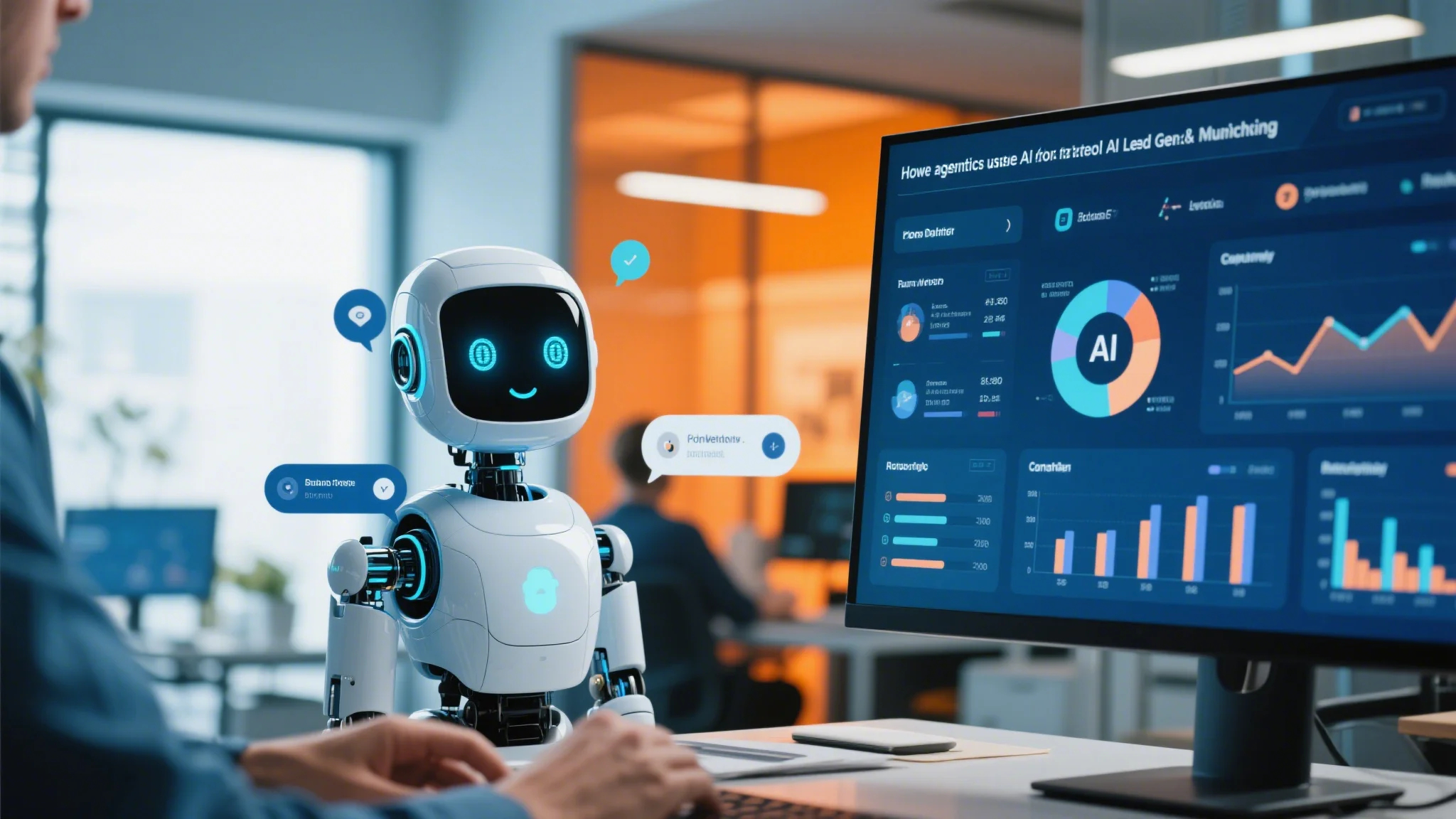In the ever-evolving world of marketing, agencies are constantly tasked with juggling growth, efficiency, and client satisfaction. As businesses grow, the demand for high-quality marketing services increases, but so does the pressure to maintain a personal connection with clients. This delicate balance can be challenging to achieve, especially as teams expand and workflows become more complex.

One of the most significant hurdles agencies face is scaling outreach efforts without losing the personal touch that clients value. Manual outreach processes, while effective in the short term, can become overwhelming as the client base grows. This is where automation comes into play. By leveraging technology, agencies can streamline their outreach efforts, save time, and focus on building deeper relationships with their clients.
However, it’s crucial to strike a balance between automation and personalization. While automation can enhance efficiency, it shouldn’t replace the human element that fosters trust and loyalty. The key is to use automation as a tool to augment, not replace, the personal touch that keeps clients engaged and invested in your agency’s services.
Understanding the Need for Automation
Manual outreach processes are time-consuming and resource-intensive. From drafting emails to following up on leads, the repetitive nature of these tasks can slow down operations and limit an agency’s ability to scale. Automation allows agencies to handle these tasks efficiently, freeing up their teams to focus on more strategic and creative endeavors.
For example, email marketing automation tools can help agencies send personalized emails at scale. Instead of manually sending each email, automation platforms can segment lists, personalize content, and schedule sends based on specific criteria. This not only saves time but also ensures that clients receive relevant and timely communication, enhancing their overall experience.
The Importance of Maintaining a Personal Touch
While automation is a powerful tool, it’s essential to avoid over-reliance on technology. Clients value the personal connection that comes from interacting with real people. A generic, automated message may save time, but it can also come across as impersonal and disengaged.
To maintain a personal touch, agencies should use automation to enhance, rather than replace, human interaction. For instance, automated follow-ups can be used to remind clients of upcoming meetings or provide updates on ongoing projects. However, these messages should be personalized with the client’s name, specific project details, and a friendly tone to ensure they feel valued and understood.
Strategies for Balancing Automation and Personalization
Use Automation for Routine Tasks: Automate repetitive tasks like email sending, data entry, and scheduling to save time and reduce errors. This allows your team to focus on more critical aspects of client relationships.
Personalize Automated Messages: Even when using automation, ensure that messages feel tailored to the individual. Use client data to customize content and maintain a friendly tone.
Monitor and Adjust: Keep an eye on how clients respond to automated messages. If feedback is positive, continue refining your approach. If not, adjust your strategy to better meet client expectations.
Combine Automation with Human Interaction: Use automation to support, not replace, personal interactions. For example, follow up on automated emails with a quick phone call or in-person meeting to strengthen the relationship.
By implementing these strategies, agencies can effectively balance automation and personalization, achieving scalability without compromising on client satisfaction.
In today’s competitive market, agencies must continuously innovate to stay ahead. One of the most effective ways to achieve this is by integrating automation into outreach efforts while maintaining a personal touch. This approach not only enhances efficiency but also fosters stronger client relationships, driving long-term growth.
The Role of Technology in Agency Growth
Technology plays a pivotal role in modern marketing agencies. From CRMs to AI-powered tools, the right software can significantly streamline operations and improve outcomes. For instance, a CRM (Customer Relationship Management) system can help agencies track client interactions, manage leads, and automate follow-ups, ensuring that no opportunity is missed.
Moreover, AI-driven tools can analyze client data to provide insights into preferences, behaviors, and pain points. This information can be used to craft highly personalized outreach campaigns, ensuring that each message resonates with the recipient. By leveraging these technologies, agencies can scale their efforts while maintaining a high level of personalization.
Overcoming Challenges in Automation
While automation offers numerous benefits, it’s not without its challenges. One of the primary concerns is the risk of over-automation, which can lead to a loss of the personal touch that clients value. To avoid this, agencies must carefully select the tasks they automate and ensure that the tools they use align with their brand’s values and client expectations.
Another challenge is the learning curve associated with new technologies. Transitioning to an automated system requires time and effort to train teams and optimize workflows. However, the long-term benefits far outweigh the initial investment. By fostering a culture of continuous learning and adaptation, agencies can overcome these hurdles and achieve seamless integration of automation into their operations.
The Future of Agency Outreach
As technology continues to evolve, so too will the ways in which agencies approach outreach. The future of automated outreach lies in its ability to adapt to client needs and preferences in real-time. For example, AI-powered chatbots can provide instant responses to client inquiries, while predictive analytics can help agencies anticipate client needs before they arise.
These advancements will enable agencies to deliver highly personalized experiences at scale, ensuring that clients feel valued and understood. However, it’s essential to remember that automation is a tool, not a replacement for human interaction. The most successful agencies will be those that strike the right balance between automation and personalization, leveraging technology to enhance, not replace, the human element.
In conclusion, automation is a game-changer for agency growth, enabling teams to scale their efforts and deliver exceptional results. However, the key to long-term success lies in maintaining a personal touch that resonates with clients. By strategically integrating automation into outreach processes, agencies can achieve the perfect balance between efficiency and personalization, driving sustainable growth and building lasting client relationships.
In a world where technology is constantly advancing, the agencies that thrive will be those that embrace automation while never losing sight of the importance of human connection. By doing so, they can position themselves as trusted partners to their



